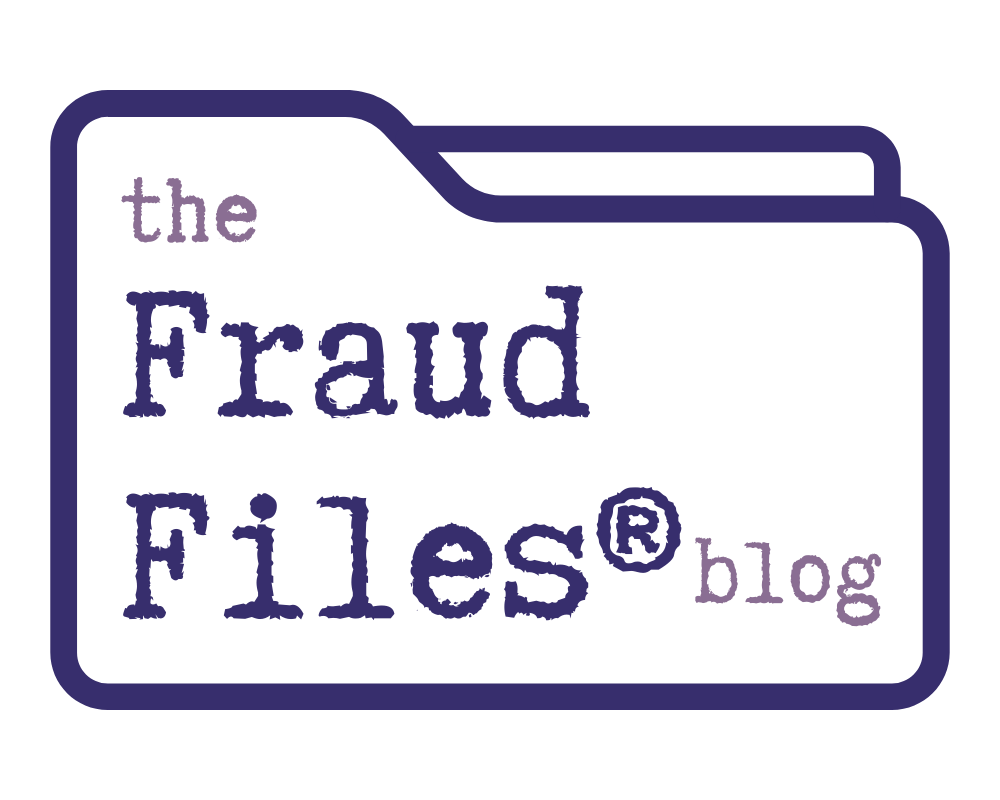I issued a very short report for the Fraud Discovery Institute about the “75% savings” issue that Usana repeatedly presents in its marketing sessions. The claim has been made for years that the network marketing method of distribution creates this 75% savings.
What does it really mean? Does it mean that the consumer saves 75% on the price of products? Well that can’t be the case because Barry Minkow and team has proven over and over that the products are signficantly higher priced than comparable products.
Maybe the 75% savings thing means that Usana has a normal profit built into the pricing strategy, similar to other companies, and has an additional 75% savings that is available to be given to distributors? That’s not the case either.
The numbers in Usana.s financial statements show that only about 39% of the wholesale price of the products is paid to
distributors via commissions. Where does the other 36% go?Consider the HealthPak 100, which has an autoship price of $107 and a suggested retail price of $128.40. If an associate is able to sell the HealthPak 100 at full retail price, the associate has a gross profit of $21.40, or 16.6%. The 75% is clearly not there.
On the autoship price of $107, commissions of 39%, or $41.73, will be paid to the upline. That $41.73 is 33% of the suggested retail price. The 75% is not here either.
If a HealthPak 100 is sold at the full retail price of $128.40, the maximum that everyone collectively could make on that sale is $63.13, or only 49% of the retail price.
The bottom line? There is no 75%, not for the distributor or the consumer.



